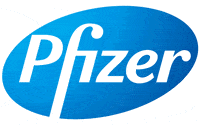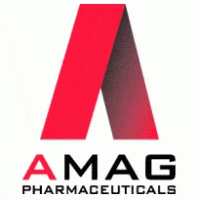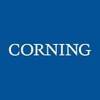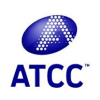The stem cells found in cord blood are largely hematopoietic stem cells, which can help in the replenishment of a depleted blood supply by providing new, healthy cells. In the case of certain diseases, such as leukemia, anemia, lymphoma, and others where the blood cells and tissues are severely affected, this replenishment is essential.
There are several important properties of cord blood, including that the number of hematopoietic stem cells in cord blood equals, or exceeds, the frequency of hematopoietic stem cells in bone marrow. In addition, cord blood hematopoietic stem cells can produce large colonies in vitro, have different growth factor requirements, and can be expanded in long-term culture.[1]
Also, cord blood stem cells are characterized as multipotent, because they are capable of differentiating into numerous stem cell types, including neurons, hepatic cells, and circulating cell types.[2]
Technical Advantages of Umbilical Cord Blood Stem Cells
Umbilical cord blood stem cells are often induced into cells found within the blood and lymph (immune) systems, such as red blood cells, white blood cells, and platelets. The ability of cord blood stem cells to differentiate into blood and immune system cells means they hold significant potential for use in treatment cancer, blood disorders, immunodeficiencies, and more.
Cord blood stem cells are used in similar ways to stem cells from bone marrow, meaning that transplantation is typically used to promote re-building of a patient’s blood and immune system.
It is now clear that cord blood is a validated, effective treatment approach for a number of blood related diseases, as well as an effective source of blood forming stem cells. The image shown below shows the technical advantages of cord blood transplant, over bone marrow or peripheral blood stem cell transplant:
Because umbilical cord blood is a source of stem cells that are genetically unique to a newborn and potentially compatible for those who are closely related, parents may elect to preserve these cells as a form of “medical insurance.” As mentioned, umbilical cord blood stem cell transplants are less prone to rejection than either bone marrow or peripheral blood stem cell transplants because the cells are collected before they develop features that can be recognized and attacked by a recipient’s immune system.
As such, there is a reduced chance that transplanted cord blood stem cells will attack the recipient’s body (Graft-versus-host disease).
Both the versatility and availability of umbilical cord blood stem cells make them a potent resource for use in transplant medicine. Due in part to this, the use of cord blood has increased substantially since its discovery as a form of cellular therapy.
To learn more, view the “Complete 2017-18 Global Cord Blood Banking Industry Report.”
About BioInformant
As the first and only market research firm to specialize in the stem cell industry, BioInformant research has been cited by the Wall Street Journal, Xconomy, AABB, and Vogue Magazine. Serving Fortune 500 leaders that include GE Healthcare, Pfizer, and Goldman Sachs, BioInformant is your global leader in stem cell industry data.
Footnotes
[1] Rogers I, Casper RF (2004). Umbilical cord blood stem cells. Best Practice & Research Clinical Obstetrics & Gynaecology.
[2] Ilancheran, et al. (2009). Human fetal membranes: a source of stem cells for tissue regeneration and repair? Placenta. 2009;1:2-10.





















Tell Us What You Think!